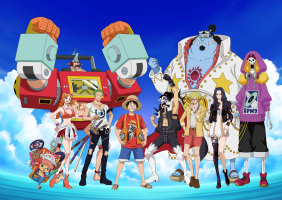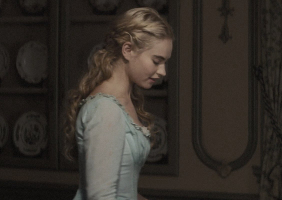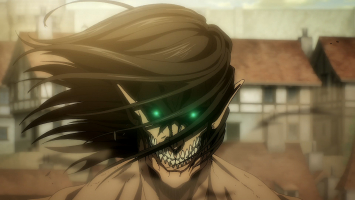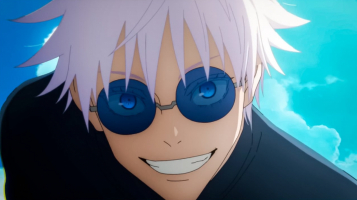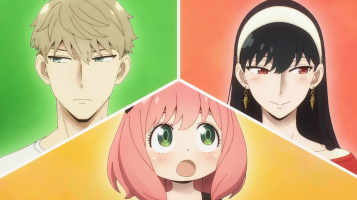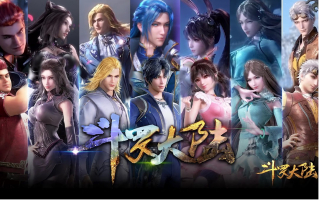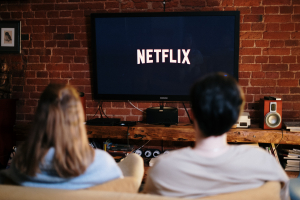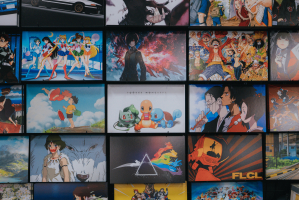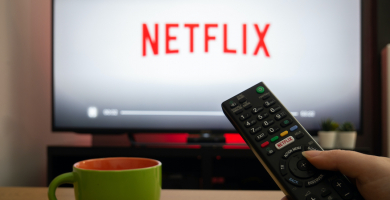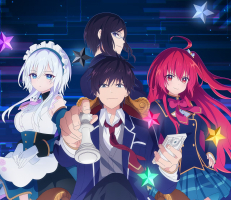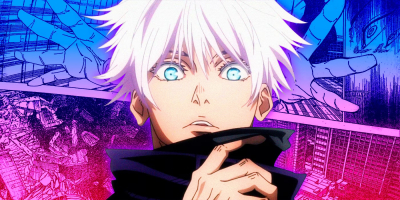Top 10 Best Reviews on One Piece Live Action
One Piece, the popular manga and anime series by Eiichiro Oda, has been adapted into a live-action series by Netflix. The show follows the adventures of Monkey ... read more...D. Luffy and his crew of pirates as they search for the legendary treasure One Piece. Here are some of the best reviews thoughtfully compiled by Toplist team on One Piece live action of Netflix. Let's check!
-
The first reason for the popularity of the One Piece live-action series is its successful embrace of campiness. Unlike some live-action adaptations of anime that have attempted to take a more serious or realistic approach, Netflix’s One Piece has boldly chosen to retain the original anime’s vibrant and exaggerated style. This decision has proven to be a major draw for fans of the original series, who appreciate the live-action show’s faithfulness to the anime’s unique aesthetic.
The colorful and over-the-top elements, which are characteristic of the One Piece universe, have been brought to life in the live-action version, creating a visual spectacle that is both entertaining and nostalgic. This approach has allowed the series to stand out among other live-action adaptations, contributing significantly to its widespread popularity and trending status. The series’ embrace of campiness demonstrates a deep understanding and respect for the source material, which has resonated with audiences worldwide.
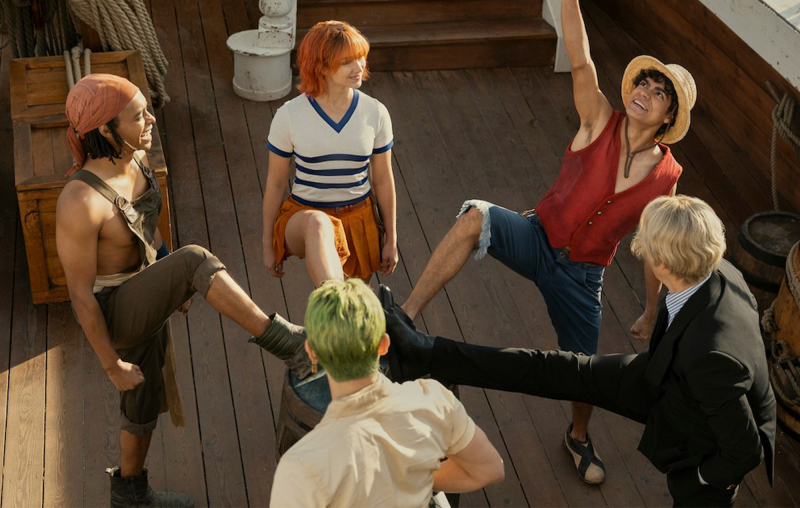
Image via Reddit Video by Netflix on Youtube -
The success of a live-action movie or TV show often hinges on the performances of its main cast, whether it's based on anime or not. Some movies are known for outstanding performances that fans view as irreplaceable. While achieving such heights may be challenging for live-action anime, efforts can still be made.
Netflix's One Piece series stands out for delivering some of the finest and most believable acting in the realm of live-action anime productions. Surprisingly, it didn't rely on big-name stars like Willem Dafoe or Scarlett Johansson. Instead, relatively new and lesser-known actors such as Iñaki Godoy, Emily Rudd, and Jacob Romero Gibson, alongside industry veterans like Vincent Regan, played pivotal roles in making it a success. Their performances demonstrated that star power isn't always the key to a compelling live-action adaptation.
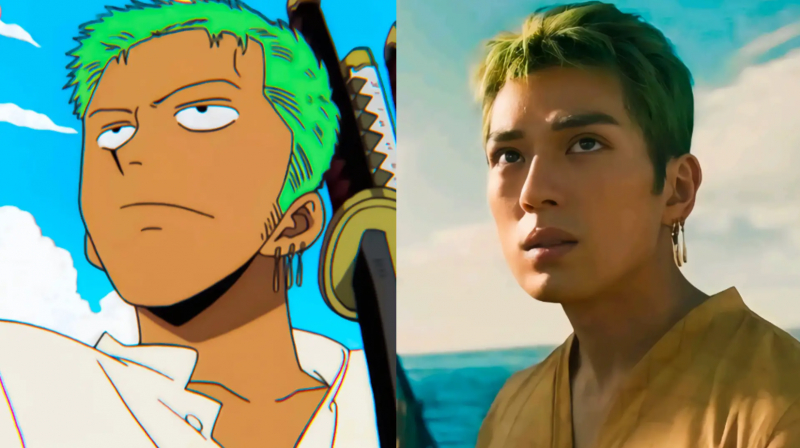
Image via Pinterest Video by Still Watching Netflix on Youtube -
The success of an adaptation is often a challenge as even the most skilled producers can only guess at the original creator's intentions. It's nearly impossible to perfectly capture an artist's creative spirit. Luckily, Netflix's approach to the live-action One Piece series was different. They made the wise choice to include author Eiichiro Oda in the process, allowing his own vision to guide the adaptation.
Instead of relying on guesswork, the producers had the advantage of constant input from Mr. Oda. This ensured that the live-action series aligned closely with his creative vision, right down to the smallest details. This collaborative approach sets a positive precedent for other anime adaptations, underlining the importance of having the original creator actively involved in the process to maintain the authenticity of their vision.

Image via Youtube Video by Still Watch Netflix on Youtube -
Exploring different genres in a production can either enhance its depth and complexity or lead to confusion and inconsistency, depending on the execution. Netflix's One Piece took a calculated risk that proved successful, particularly in the realm of horror.
Unlike many anime adaptations, One Piece dared to transform the already ominous Captain Kuro into a genuine horror villain in a specific episode. This unique approach added a layer of intensity to the series. In contrast, the live-action Bleach movie attempted to balance humor and action akin to the original anime, but the outcome fell short, resulting in a weak and awkward blend that didn't resonate well with audiences. One Piece's willingness to experiment with genres highlights the potential rewards when such risks are thoughtfully managed.
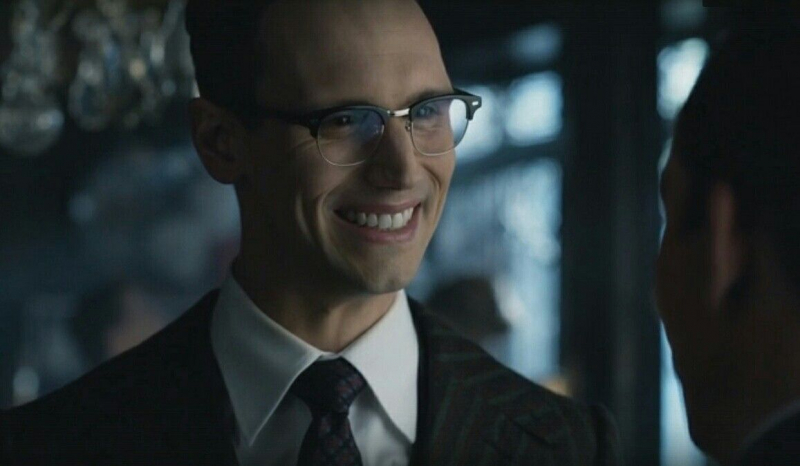
Image via Pinterest 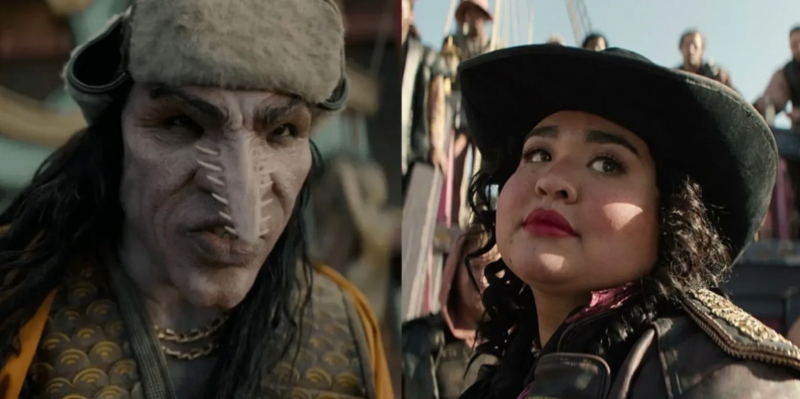
Image via Pinterest -
Bringing an anime character to life through real actors involves more than just acting skills. The costumes, wigs, prosthetics, and makeup play crucial roles, and finding the right balance is essential for a convincing portrayal. Striking this balance is challenging, as extremes on either end can compromise the viewer's immersion.
On one hand, attempting an exact replica of the anime look, as seen in the live-action Fullmetal Alchemist movies, can result in a cosplay-like appearance. On the other hand, toning down the anime elements too much can lead to an adaptation that scarcely resembles the source material. Netflix's One Piece navigated this challenge adeptly, finding a middle ground with practical yet vibrant outfits and effects that paid homage to the original anime. Noteworthy adjustments were made, such as omitting Usopp's long nose and Sanji's curly eyebrow, while retaining distinctive features like Buggy's prominent red nose.
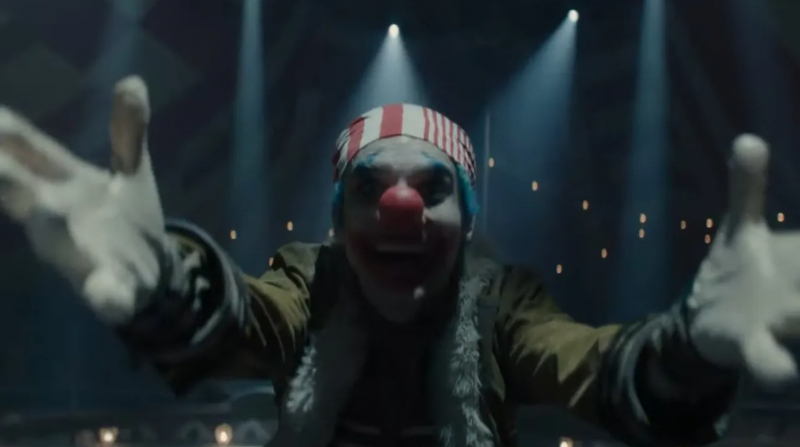
Image via Netflix 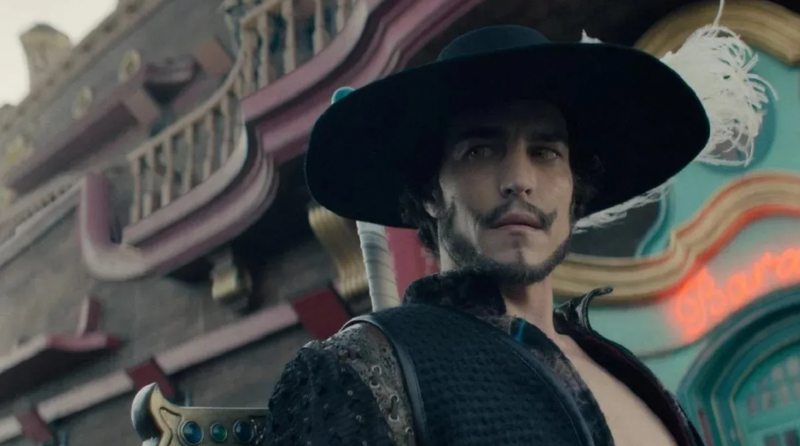
Image via Pinterest -
In all iterations of One Piece, fantasy combat is a key element that both new and returning fans anticipate. However, the anime featured prolonged battles that might not seamlessly translate to the live-action format. To address this, Netflix's producers made thoughtful adjustments to the action scenes, yielding positive results.
The live-action adaptation of One Piece portrays fights as swift and intense, allowing the narrative to progress smoothly. This approach applies even to significant confrontations, such as Luffy's ultimate clash with Arlong in the East Blue saga. Rather than focusing on an extended exchange of blows to cater to action enthusiasts, these fights prioritize delivering impactful results and exploring personal themes within the story. This strategic shift ensures that the essence of the battles is maintained while adapting to the unique constraints of the live-action medium.
Video by NETFLICK on Youtube Video by Still Watching Netflix on Youtube -
The CGI in Netflix’s One Piece live-action series has been a topic of discussion among viewers. The show has been praised for its balanced use of CGI and practical effects, with a focus on real-life constructions for set pieces. This approach has been appreciated for creating an immersive world that feels tangible and real.
However, the CGI has not been without criticism. Some viewers felt that the CGI elements tested poorly in initial screenings, and there were comments about the action sequences being poorly edited and choreographed.
Despite these criticisms, the series has been commended for its commitment to building real-life constructions, such as the pirate ships, on location in Cape Town, Africa. The reception of the CGI in the series underscores the subjective nature of viewer preferences, with some appreciating the blend of practical effects and CGI, while others had different expectations.

Image via IMDb Video by Ovik6280 on Youtube -
In many cases, live-action anime adaptations serve as accessible two-hour introductions for newcomers to get a taste of the original material. However, these movies often have gaps that only long-term fans can fully comprehend, limiting their broader appeal. Netflix's One Piece, however, took deliberate measures to address this and become more accessible to beginners.
The live-action rendition of One Piece was crafted with the intention of providing new fans with comprehensive insights into the characters, themes, and worldbuilding of the saga. It leaves surprisingly little to the imagination, ensuring that newcomers can easily grasp the essence of the narrative. While longtime fans may extract additional nuances, such as a deeper understanding of entities like Baroque Works, the adaptation aims to bridge the gap and make the One Piece experience more inclusive for audiences unfamiliar with the source material.
Video by STREAM WARS on Youtube Video by NETFLICK on Youtube -
The original One Piece anime aimed to minimize filler content, but even without such fluff, the East Blue saga had too much material for full adaptation in Netflix's live-action series. To navigate this challenge, the producers expanded their definition of "fluff".
In condensing the East Blue saga into eight live-action episodes, sacrifices were inevitable. Notably, Luffy's confrontation with Don Krieg was omitted due to its perceived lack of emotional depth compared to battles with Kuro and Arlong. Additionally, the Loguetown arc, deemed borderline filler, was entirely excluded as it could disrupt the pacing of Netflix's series. These strategic choices allowed the live-action adaptation to effectively streamline the narrative, maintaining focus on key emotional moments while ensuring a coherent and engaging viewing experience within the constraints of the episode count.

Image via Pinterest Video by Land of Fights -
Netflix's live-action One Piece series delivers a visually engaging experience, and the sound accompaniment matches the pace effectively. While the soundtrack may not quite reach the heights of iconic OSTs from anime like My Hero Academia or Attack on Titan, it stands as a commendable OST, setting a new standard for anime adaptations.
The series' main theme stands out for its brevity, catchiness, and ability to encapsulate the energetic spirit of One Piece. Each episode maintains a consistent level of musical quality, enhancing the overall viewing experience. Sound effects further contribute to the immersion, with details such as the stretchy noises accompanying Luffy's rubbery arms, cannonfire resonating, and even the distinct "ringing" of transponder snails. Collectively, the well-crafted sound elements contribute to making Netflix's live-action adaptation of One Piece a noteworthy and immersive audio-visual experience for fans.
Video by Netflix on Youtube Video by Netflix on Youtube















